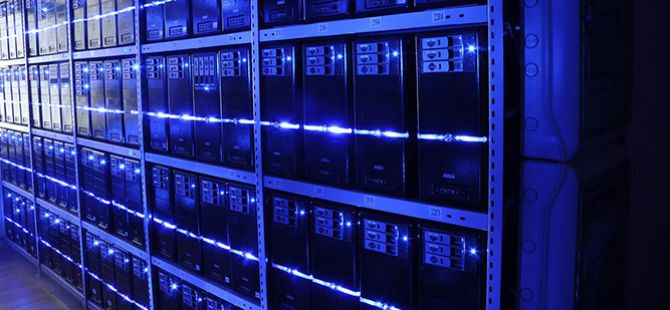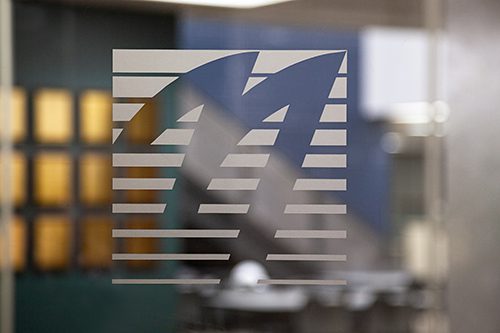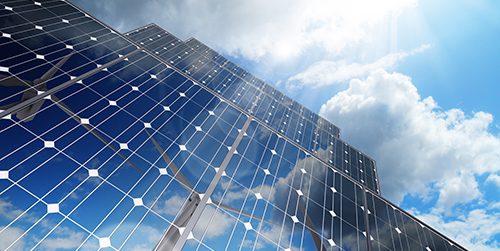By Laurence Steiner, PE, LEED AP
Thanks to efforts by the industry, a lot of progress has been made in improving energy efficiency in data centers. Completing a project last year, I was struck by the impact of the changes being made through improved HVAC design and operation.
In 2011, we audited what was a fairly typical small data center. Cooling was provided by constant speed CRAC units, and no aisle containment was installed. When we arrived, three large chilled water CRAC units were running continuously to meet the space loads. Humidity was controlled with unnecessary precision by electric humidifiers and heating coils. Before the audit, the site’s fan power was 36kW.
Fast forward to 2021. Different site, newer HVAC technologies. After completing a retrocommissioning/controls optimization of the newer data center, I was impressed to see the total fan power was only 2.8 kW (VFD output power).
The table below summarizes some of the differences between 2011 and 2021 design.
| Parameter | Old Data Center (2011) | New Data Center (2021) |
|---|---|---|
| Technology | Redundant computer room air conditioning (CRAC) units | Redundant economizer AHUs |
| Fan control | Staged constant speed operation | Variable speed with redundant units online at reduced speed |
| Cooling | Chilled water | Chilled water + air-side economizer |
| Balancing | Uniform air distribution/none | Balanced to rack inlet temperature |
| Humidification | Electric | Evaporative |
| Aisle containment | None | Hot aisle containment |
| Data center equipment load (kW) | 106kW | 133kW |
| Fan power | 36kW | 2.8kW |
Our project optimized system operation by adjusting setpoints, control sequences, and air balancing. As expected, the new, properly optimized, site performed much better. Still it was pretty amazing to see that the facility optimized in 2021 used more than 90% less power than the facility we audited in 2011 (as found)—despite serving a higher total load than the 2011 site.
Finally, while the data center industry has been busy reducing energy use, the cost of renewable energy has plummeted from $0.39/kWh in 2010 to $0.09/kWh* in 2020. When combined with technological advances, the reduced price of renewables cuts the cost of achieving carbon emissions reduction goals.
In 2011, annual costs for renewable energy (solar photovoltaic) to meet the old data center’s fan energy loads would have been approximately $122,000.
In 2020, the annual cost of solar PV to meet the new data center’s fan energy loads is approximately $2,200.
Historically, data centers have been major consumers of energy. Developments in the past decade demonstrate that there’s no longer any reason for these critical facilities to be viewed any differently, in terms of resource optimization, than other types of facilities.
Laurence Steiner, PE, LEED AP, is an Associate Vice President in GBA’s Madison, WI office. Click here to contact GBA about your data center projects.



